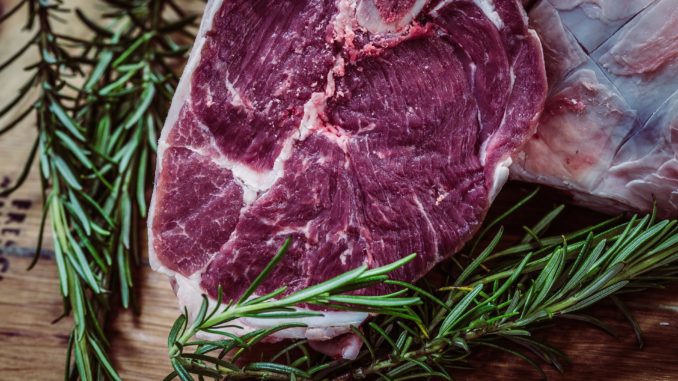
Many people like eating meat because it has an attractive taste and nutritional value. However, excessive consumption of meat not only causes environmental problems, but also it poses health risks for people.
In 2020, many Australians concern about environmental problems, especially millennials. There are 48% of millennials say they care about environmental issues. So, they need to know the fact that overconsuming meat is damaging our environment.
Australia is one of the eating meat capital countries. According to the latest data, in 2019, the average Australian consumes 92.57 kilograms of meat and consume 152g of meat per day.
But do we need to eat so much meat?
The food pyramid changes (made by The Feed SBS).
Nutrition Australia gives general advice about daily diet that the adult should intake 5-6 service size of vegetables and legumes, 2 service size of fruits, 6 service size of grains and 2.5-3 service size of animal products.
According to the food pyramid, initially, people should eat a lot of plant food that includes fruits and vegetables not only gives us fiber, vitamins, and minerals, it can also reduce the risk of diabetes and decrease blood pressure.
Also, grains and legumes are big diet demands for people. Plant food should be intake around 70% of the whole day eating.
Animal products provide various nutrition for people, including Vitamin, Iron, protein and other nutritions. The appropriate amount of meat is beneficial to the body, it can provide energy to the body.
However, it’s not just meat that provides protein. Other foods such as beans, nuts, and eggs contain protein and each meal has its own particular nutritional value.
How should we organize our diet every day?
According to Dr. Fang Sun, a nutrition associate professor at Fujian medical university meng chao hepatobiliary hospital, she suggests that the Mediterranean diet is a balanced diet including vegetables, fruits, seafood, whole grains, nuts, olive oil, small amounts of beef and dairy products, and alcohol.
This model has the characteristics of high dietary fiber, high vitamin and low saturated fatty acid. Additionally, people should eat more vegetables, fruits, seafood, whole grains and less red meat and drink less alcohol.
So, people do not need to eat too much meat.
What does consuming much meat will cause?
1. Environmental problems
Livestock’s Lure and Liabilities (made by Annual Reviews).
1. It will cause energy scarcity.
Producing meat requires many resources, like water and grain.
Meat production uses 25-32% of agricultural water. But, Around 25 kilograms of grain and 15,000 liters of water only produce one kilogram of beef.
Also, 36 % of corn and 75% soybean are used to feed livestock in the world. To produce 1 kilogram of chicken needs 2 kilograms of grain and 7 kilograms of grain to produce 1 kilogram of beef. Growing crops also requires a lot of water.
With the increasing population, the demand for meat consumption is continuously increasing. To fulfill the demand for meat, the livestock producer will intensively foster livestock to supply the meat. In this way, it needs more energy to feed livestock and plant grain.
However, water energy is limited and it is unrenewable energy. Water scarcity is already a problem faced in half the world cities. If people can not control the usage of water resources, within 15 years, over 40% of the water supply will be exceeded by water demand.
What will be the impact of water scarcity?

The impacts of water scarcity:
- The usage of water will be restricted.
- Fire hazards will be increased.
- The price of water will grow.
- Crops can not be grown.
- The land becomes drought.
2. It will result in land degradation.
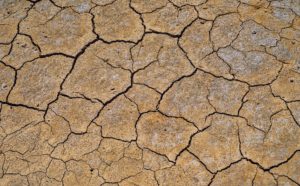
Another problem is land degradation.
Agricultural land is needed for grazing livestock, around 30% of the land used for the livestock industry. Due to overgrazing, the original grasslands only remain less than 2%.
To supply the meat demand, many producers will overgraze animals, which will accelerate desertification or abandonment of land.
Imagine that if we face the problem that we can not grow crops and face famine due to water shortages and land degradation in the future while one of the main reasons for these problems is that people consume meat excessively.
What should we do now? Should we control our consuming behavior of meat?
2. Health risk
1. Diabetes
There are many factors causing diabetes, including gene and family history, age, obesity and eating meat. According to current research, eating processed and red meats raise the risk of diabetes.
The study of Harvard University, it shows that people who eat 1 service size red meat every day have more than 19% risk to get diabetes than people who do not eat red meats.
2. Antibiotic intake
Livestock will be injected antibiotics to prevent infection and promote animal growth. Then, the animal body will have antibiotic resistance.
There is strong evidence to show eating animals that have antibiotics resistance has a relation with antibiotic resistance in humans. If people eat meats that have antibiotic resistance, these people will have antibiotic resistance. Also, it will cause the increase of drug-resistant bacteria.
Also, Consumers Union claims that eating animal products that have overuse antibiotics is harmful to public health.
It is not a good thing. According to the Centers for Disease Control and Prevention (CDC), there are 25,000 annual people die due to antibiotics resistance in the European Union.
3. Other health risks
Dr. Fang Sun mentions that overconsuming meat, especially red meat, will increase the risk of obesity, colon cancer, cardiovascular disease. And, eating processed meat will increase the risk of stomach and esophageal cancer.
Overconsuming meat poses many potential health risks to the human body. Should we change our eating habits?
Are there any foods that can replace meat?
What should we do when we want to ensure that our body has adequate nutrition while reducing our intake of meat?
Seafood, quinoa and tofu, have a similar nutritional value as meat that they can provide protein for people and can replace the intake of meat.
Dr. Fang Sun said that seafood is rich in high-quality protein and has less fat than meat, so it can replace meat. Compared with the protein of meat, the protein of seafood is easier digested by people. And, one third recommended protein daily demand is provided by 3 ounces cooked seafood.
8.14 g of protein can be provided by cooked quinoa weighing 185 grams. It also provides 8 essential amino acids that have a high nutrition value.
Although tofu doesn’t taste good, it has essential amino acids and provides 8 grams of protein for every 100 grams of tofu.
Eating these alternative foods can reduce the demand for meat, thereby reducing the need for energy to produce meat.

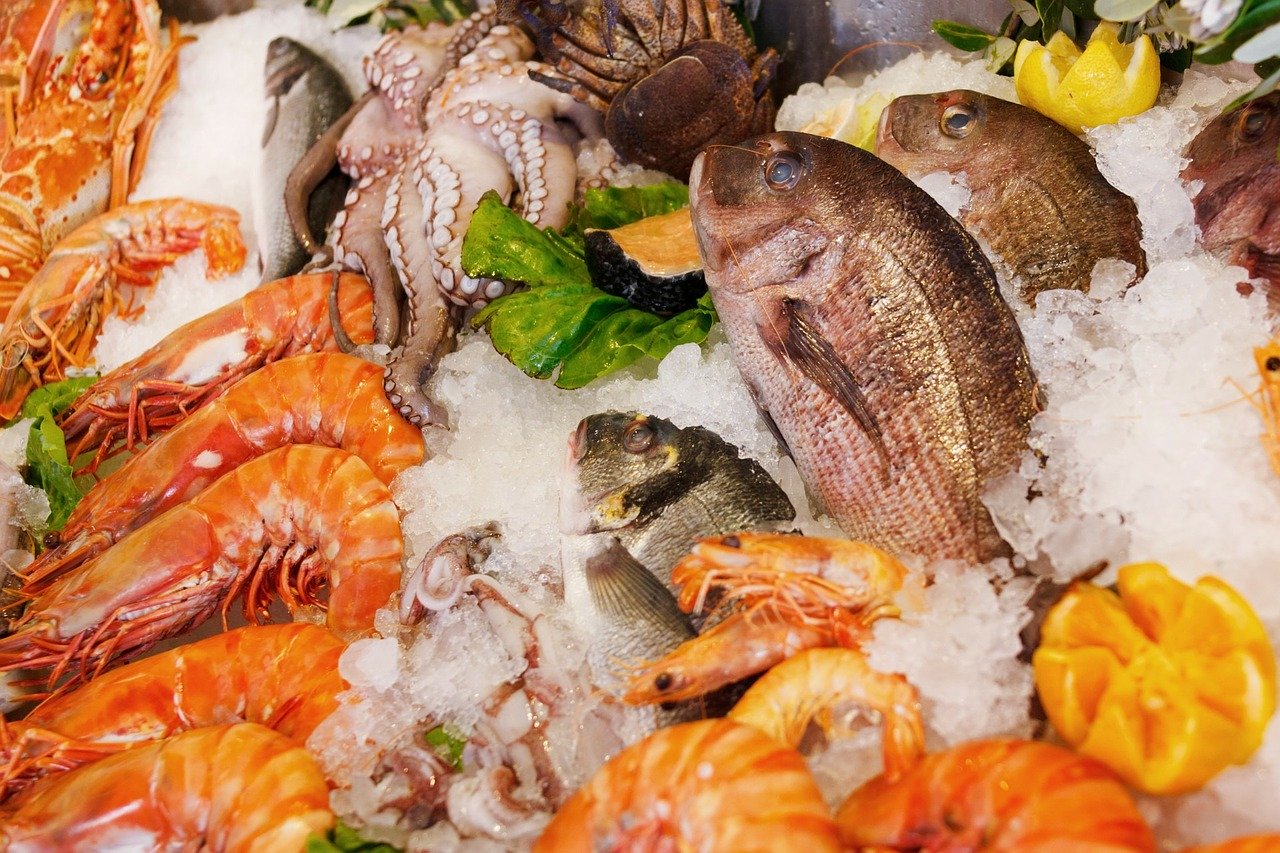
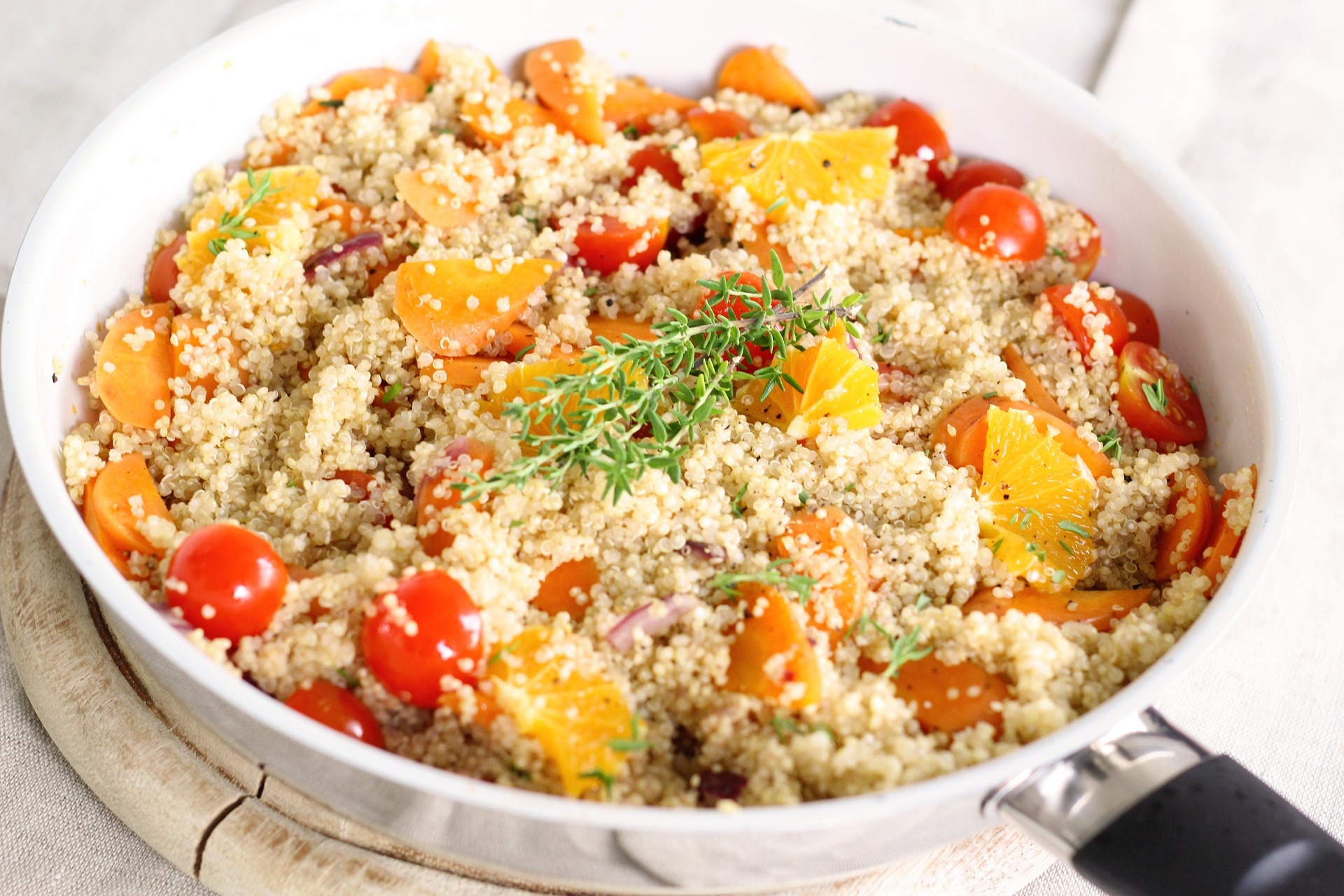


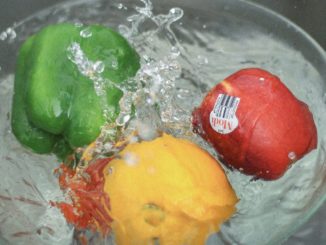
Be the first to comment